Hello world!
We did it! Booth Day went beautifully, data gathering also went smoothly, and our analysis of the results is helping to answer the inquiry questions of our project. You can find our website with information on exactly where to buy recovered produce, recipes and money-saving tips here!
Our executive summary is just what it sounds like: an abstract of our project’s objectives, methodology, results, and final thoughts. It is useful to have a summary that is written so that anyone can understand what the project is, and why we chose to do it:
This project is conducted as part of the Land and Food Systems (LFS) 350 – Land, Food and Community II class at the University of British Columbia. The project seeks to connect students on campus with produce retailers who are combating the issue of food waste by selling produce that does not fit aesthetic standards , yet is still perfectly edible and nutritious (recovered produce).
The objectives of this project are:
- Raising awareness of the issue of food waste both at the commercial and household levels
- Sharing money- and time-saving meal ideas made from recovered produce
- Assessing students’ willingness to include recovered produce in their diet
The inquiry questions of our project are:
- What is the level of awareness among the student population in terms of food waste?
- What are the student’s perception on recovered foods?
- Do students have food literacy skills to utilize recovered foods?
Methodology for this project includes several parts. The first part consisted of finding the number of produce retailers (accessible by transit) which sell recovered produce, as well as collecting information on what type of recovered produce is sold, where in the store it is located, and how much it is sold for.
The second part of the project’s methodology consisted of our event at the UBC Nest, where we served smoothies made from recovered smoothies, used surveys to collect data on the pre-existing student awareness of food waste, and, lastly, engaged with students directly with the purpose of educating them on the issue of food waste, while sharing recipes made from recovered produce.
Key results of our project include a moderate understanding of the issue of food waste by the students (prior to our event), as well as a relatively high number of produce retailers selling recovered produce in west and central Vancouver.
We recommend that the discussion surrounding food waste continues in full force, and encourage future LFS 350 teams to continue our project by further assessing student awareness of food waste issues, and create a network between produce retailers and all members of the UBC community interested in curbing food waste.
We also wanted to do one more What, So What and Now What analysis of a significant moment in our project development, as we found it served as a powerful learning experience.
What
Deciding on a project on which to work together was a moment of hardship within the team. This is because we all come from different backgrounds and are pursuing different programs with conflicting interests.
So What
We believed that having aligned interests on one project would dictate the success of the overall project and of the team. We were uncertain and wary of the success we would have as a team at first, given our differing preferences. Through compromise, we eventually did use a relatively effective method of arriving at a consensus, as we thought that by approaching this issue “democratically”, we would ensure that everyone would have an equal say in the choosing of a topic (University of California, Berkeley, 2016).
Now What
Although the project given was not what the team wanted, the rating system of our top 3 preferred projects was extremely significant, as it represented an attempt by our team to address internal issues early in the project development stage. Had we not found a solution to our differing opinions – through the use of voting – we would have run into trouble later on in the progress of our project, when smooth performance and communication of the team is paramount. Therefore, this moment of significance served as a lesson for future group work: early detection of internal team problems must be addressed and solved as soon as possible.
University of California, Berkeley. (2016). Guide to Managing Human Resources: Steps to Building an Effective Team. Retrieved from http://hrweb.berkeley.edu/guides/managing-hr/interaction/team-building/steps
And with that, we have reached the end of our blog designated for this project. We truly hope future LFS 350 teams will build on our project, and create resources for education, networking and creativity surrounding the issue of tackling food waste. Food waste is something that occurs daily in our lives, though we may not be aware of it, and must, thusly, be addressed and combated.
Thanks for following our project along with us, and we hope you are able to draw some inspiration from this project (whether it’s tackling food waste, creating a similar project, blogging, eating more fruit – anything at all!).
A heartfelt thank you and goodbye!
Team 4 signing off.
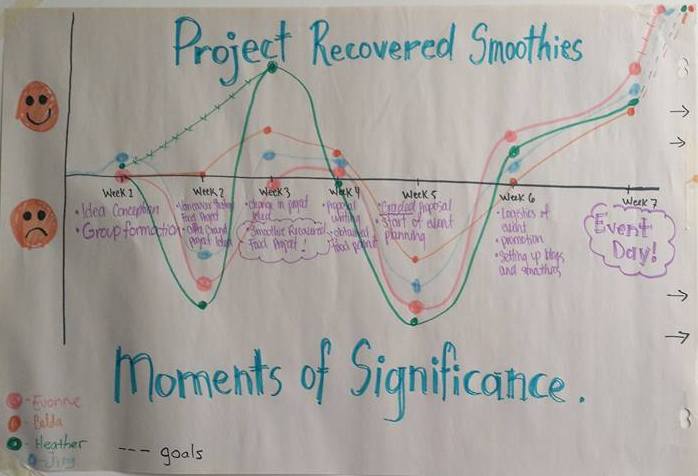
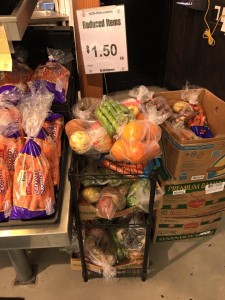 Hello readers!
Hello readers!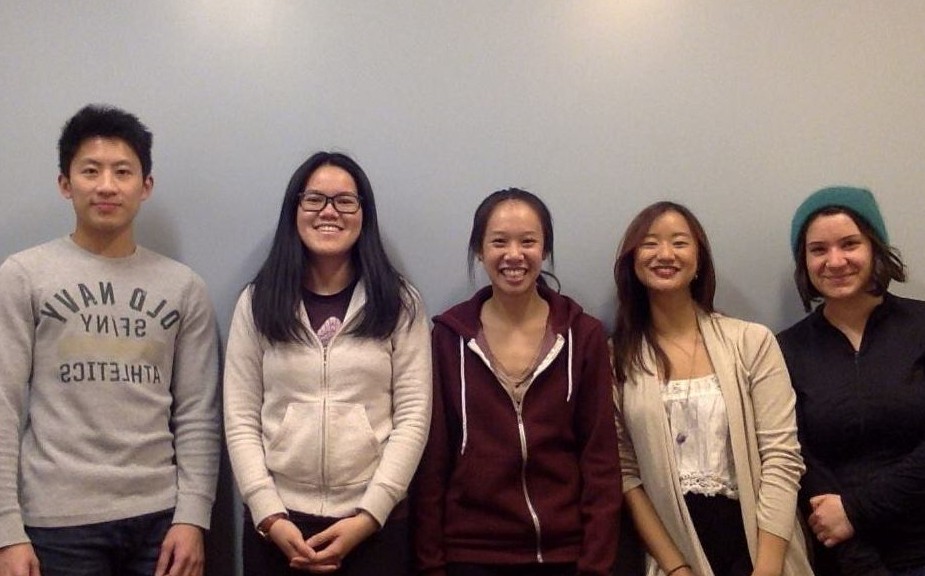
 Nutrition and Health. She is passionate about food nutrition and its importance to food security. Her future career goals will involve a global perspective investigating how various food systems impact different societies and how to address these food system issues in a sustainable manner. She
Nutrition and Health. She is passionate about food nutrition and its importance to food security. Her future career goals will involve a global perspective investigating how various food systems impact different societies and how to address these food system issues in a sustainable manner. She 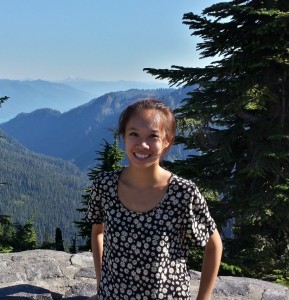 Heather, a 3rd-yr student majoring in Nutritional Sciences. She enjoys learning about ways to deal with food security issues surrounding different demographics around the community. Since the midwifery program at UBC might be a degree she considers after FNH, she is planning to use her background in nutrition and food accessibility to supplement her studies on prenatal women, on both the local and international scale. Through this course, she hopes
Heather, a 3rd-yr student majoring in Nutritional Sciences. She enjoys learning about ways to deal with food security issues surrounding different demographics around the community. Since the midwifery program at UBC might be a degree she considers after FNH, she is planning to use her background in nutrition and food accessibility to supplement her studies on prenatal women, on both the local and international scale. Through this course, she hopes  knowledge in these areas to help as many people as she can. Her current personal goal, which she hopes to can pursue professionally, is to figure out how knowledge of food science can be utilized towards improving global food security, solving wide nutritional problems (i.e. malnutrition in children, lack of food security due to poverty) and to create more sustainable food production methods. Through this course, s
knowledge in these areas to help as many people as she can. Her current personal goal, which she hopes to can pursue professionally, is to figure out how knowledge of food science can be utilized towards improving global food security, solving wide nutritional problems (i.e. malnutrition in children, lack of food security due to poverty) and to create more sustainable food production methods. Through this course, s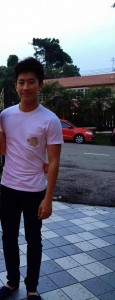
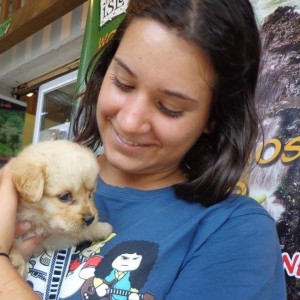 (economic and sociological perspectives, in addition to scientific), in Latin America. She is interested in food production methods that promote self-sustenance and a successful means of living for small-scale farmers in developing nations, and in regions where food security is an issue. She is also particularly interested in urban agriculture, and projects relating to growing food in small, limited spaces. She hopes this course will help her understand how to create and integrate small-scale solutions which can help the big picture.
(economic and sociological perspectives, in addition to scientific), in Latin America. She is interested in food production methods that promote self-sustenance and a successful means of living for small-scale farmers in developing nations, and in regions where food security is an issue. She is also particularly interested in urban agriculture, and projects relating to growing food in small, limited spaces. She hopes this course will help her understand how to create and integrate small-scale solutions which can help the big picture.